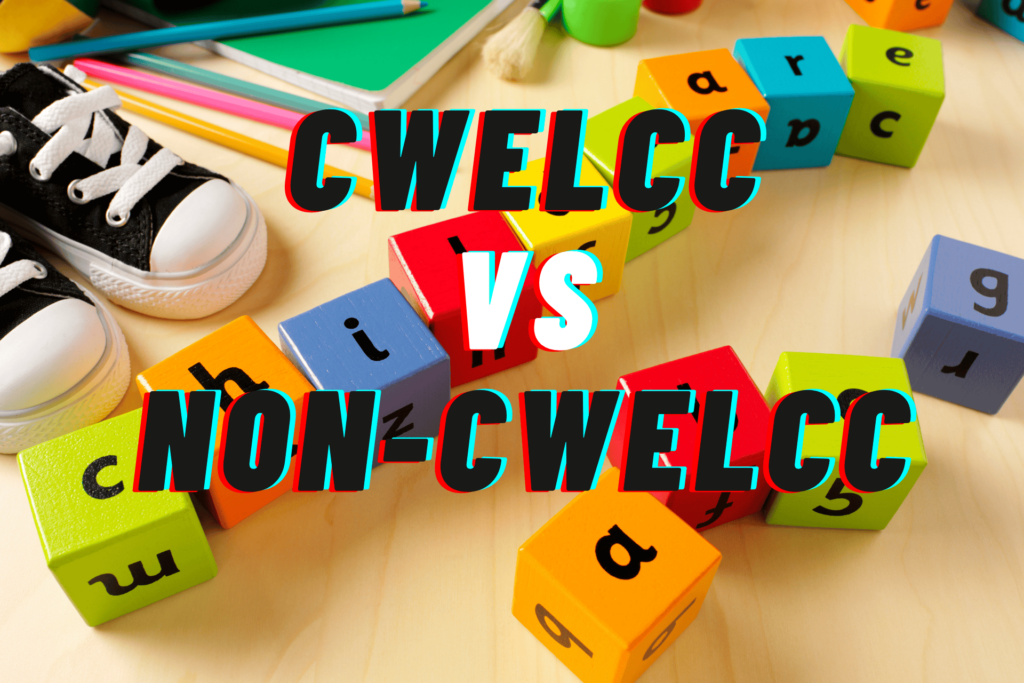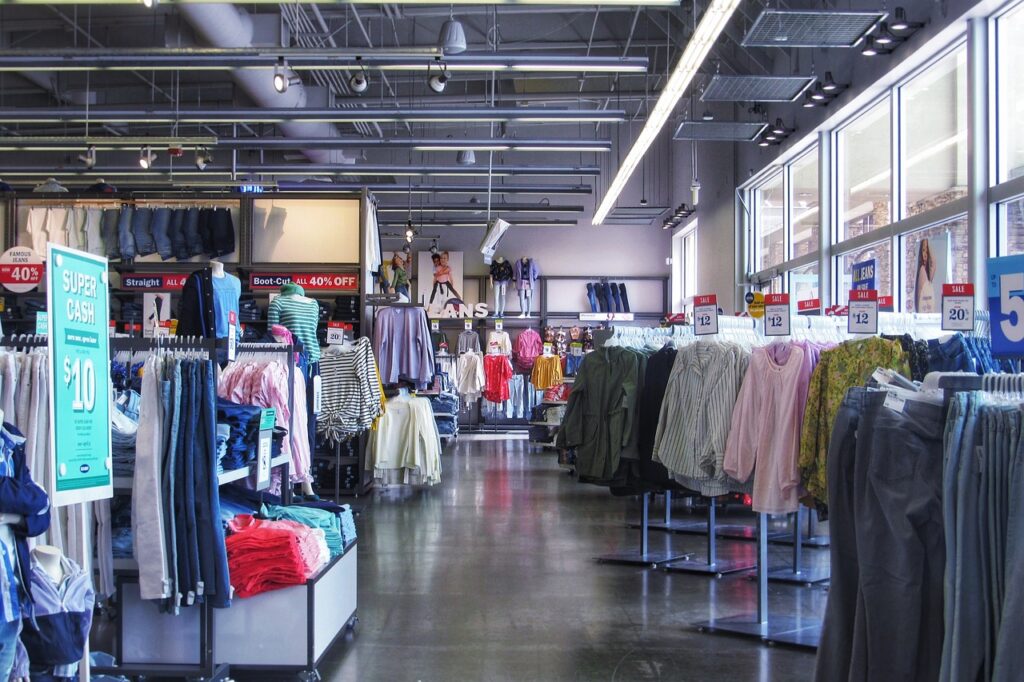It’s a prevailing misconception among daycare operators that moving into a former daycare location implies a hassle-free transition without the need for renovations. However, this assumption doesn’t align with reality. While these vacant spaces may have undergone renovations years ago, they likely don’t meet the current standards outlined in the Ontario Building Code. As regulations evolve and safety standards elevate, so do the requirements for daycare facilities. Although previous operators may have been exempt from updating to the latest standards, new licence applicants are held to a different standard.
Furthermore, the Ministry of Education’s guidelines for constructing a child care centre also entail standard requirements that evolves as years go on. For instance, today’s standards mandate features like washing sinks in every classroom, which were not necessarily required in the past. Additionally, technological advancements and changes in educational philosophy may necessitate structural modifications or updates to the facility’s layout and amenities. Consequently, while a former daycare location may seem like a convenient choice, it often requires substantial investment and refurbishment to align with contemporary regulatory and operational expectations.
However, there are exceptions where renovations may not be necessary. For instance, if recent renovations have brought the property up to code compliance, or if you’re acquiring the daycare business along with the property, you might be able to circumvent extensive renovations. In such cases, you inherit the existing licence, obviating the need for a new childcare licence application.
To ensure compliance and avoid unexpected setbacks, it’s prudent to conduct thorough due diligence before finalizing any property transactions. Hiring an architect or building inspector to review the building’s adherence to current building codes and regulations can provide valuable insights into the extent of renovations required. By understanding and addressing these nuances upfront, daycare operators can streamline the transition process and ensure the safety and well-being of the children entrusted to their care.








